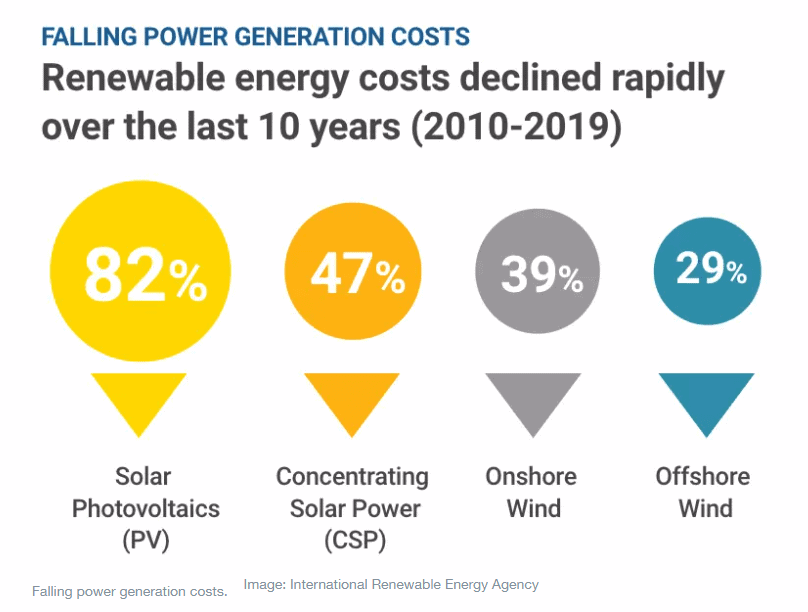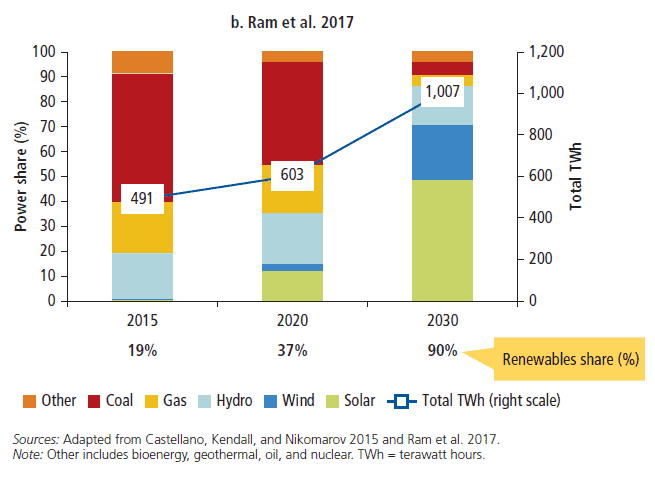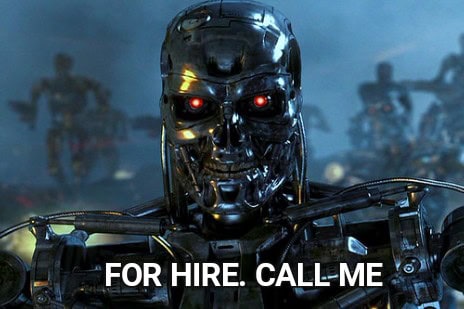Table of Contents
Blockchain and Solar. The Future of Electricity in Zimbabwe.
How will we power our homes in 2030? Will we still have one big supplier or several smaller independent ones?
These are the questions I explore in part 3 of my series on electricity in Zimbabwe.
In the two previous posts in this series, I looked at:
- Why we have power cuts in Zimbabwe. Read it here.
- 5 things that need to happen before we see an end to load shedding and blackouts. Read it here.
Part 1 and 2 dealt with the past. This post looks at the future, specifically how the electricity market will change and what that means for consumers.
Some of it might seem farfetched, especially for a country with our unique challenges. But even here have we not seen new technologies come in, uproot and overturn some old ways?
The old model
In the past we’ve had state-run monopolies because it was in “the public good” or in the interests of “national security” to have control of a vital resource. This has been the case with electricity.
For a time, it seemed to work. I don’t recall there being load shedding in the 1990s or early 2000s.
But monopolies breed complacency. Inefficiency and ineffectiveness are typically what you get from a one-player market. There’s no incentive to improve on the service when you’re the only game in town.
Thanks to technology, however, all that is changing. Industries that were once the preserve of giants are fragmenting as smaller, nimbler players leverage tech to chip away at their market shares.
Out with the old, in with the new?
Nokia and BlackBerry dismissed the first touch screen phone. Look where they are now.
Others bet on change and leap forward. For some change is inconceivable, and they bet on things remaining the same.
Telecommunication, transport and lately finance have seen a few upheavals this decade. I believe energy is next up.
Five factors are reshaping the electricity market. These are:
- Renewable energy
- Energy storage (Batteries)
- Artificial Intelligence
- Blockchain
- Privatization
Renewable energy
Climate change is causing a transition to renewable energy sources like hydropower, solar and wind.
Hydropower (57%) and coal (43%) make up Zimbabwe’s electricity supply.
In the past, renewable energy has been too expensive compared to fossil fuels. This is changing as renewable electricity costs have fallen in the last decade thanks to better technologies and production scale.

The daily demand is for electricity is between 1500Mw-2000Mw. This will surely increase with population growth and the increasing rate of urbanization.
At present, we’re operating with a daily energy deficit of between 400-800Mw depending on your source. How do we make up the shortfall and plan for the inevitable growth in demand?
Exploring untapped resources
Zimbabwe has renewable energy potential yet to be exploited. Only 20% of the country’s hydropower potential has been tapped. Small hydropower plants have a combined estimated potential capacity of 120Mw.
According to a 2016 study, Zimbabwe could produce up to 300Mw of electricity from residential solar. Less than 1% of that has been exploited to date. The government is on record as saying switching to solar geysers represents a 400Mw saving on electricity.
Another researcher paper puts the commercial power generation capacity of concentrated solar at 30 times the national energy demand.
These are the most promising renewable energy sources at present. Geothermal and bagasse also have potential but are yet to be fully researched.
Could renewables power the future? There’s a strong case for them to at least be in the picture. If the costs continue to come down, as they most likely will, it’s hard to argue against them.
Optimistic models project the total share of renewables as part of the energy mix in Africa at 90% by 2030. More conservative predictions, which I’m inclined to think are more realistic, put this at 19%.

Energy Storage
Renewable energy, wind and solar especially have taken off as the technology has improved and as they’ve become cheaper. The cost of solar has fallen 82% since 2010.
The biggest drawback of renewables has been their unpredictability. Wind doesn’t always blow, and the sun doesn’t always shine. That’s been the problem in the past.
This has improved as the cost of energy storage has come down and the technology continues to advance. Battery costs have fallen 88% in the past decade. Solving the problem of unpredictability has made renewables a viable alternative energy source.
This has made it possible to deploy renewables on a commercial scale as micro-grids and distributed power plants.
Artificial Intelligence
Many people worry that artificial intelligence will take away their jobs. That the machines will render us obsolete. But the truth is AI is too powerful a tool for us not to use.
AI will be critical in an electricity market in which renewables are present. Algorithms can play a key role in efficiently managing a grid that will be far too complex for a team of human brains to oversee.

Independent Power Producers
Less than 1% of the country’s electricity comes from private entities. The development of alternative energy sources like solar has reduced the barriers to entry for smaller players.
Across the continent, small startups like d-Light and M-Kopa are leveraging the drop in the price of solar and new business models to bring access to electricity to rural communities.
Closer to home, the government recently stated its intention to give solar investors an income tax exemption.
Blockchain
You can’t talk about the decentralization of services without mentioning blockchain.
Blockchain could be the underlying technology that further speeds up the democratization of energy production and distribution at scale.
Imagine a neighbour selling electricity directly to a neighbour without the involvement of a third party. That’s just what we could see happen when blockchain fully takes hold. There are already experiments being run with this. Check out how blockchain is being used for a community solar project here.
Here’s a great video explaining in the simplest terms how blockchain works.
Conclusion
Artificial intelligence and peer-to-peer exchange of electricity sound futuristic. But a lot of things start that way. Many of the things we use every day seemed like a fantasy not that long ago.
If you have ever been on a video call, then you have used a technology conceived between the pages of a science fiction novel.
The reins of power will shift. The old order will break down as new technologies redistribute power and loosen the grip of large inefficient corporations.
What does this mean for the home or business owner facing erratic electricity supply now? It means you can take matters into your own hands. Or at least the option where once there wasn’t any.
Take the first steps yourself. Start by being responsible for how you use electricity. Start applying energy-saving methods like using energy-efficient appliances and smart meters. And of course, look into alternative energy sources.